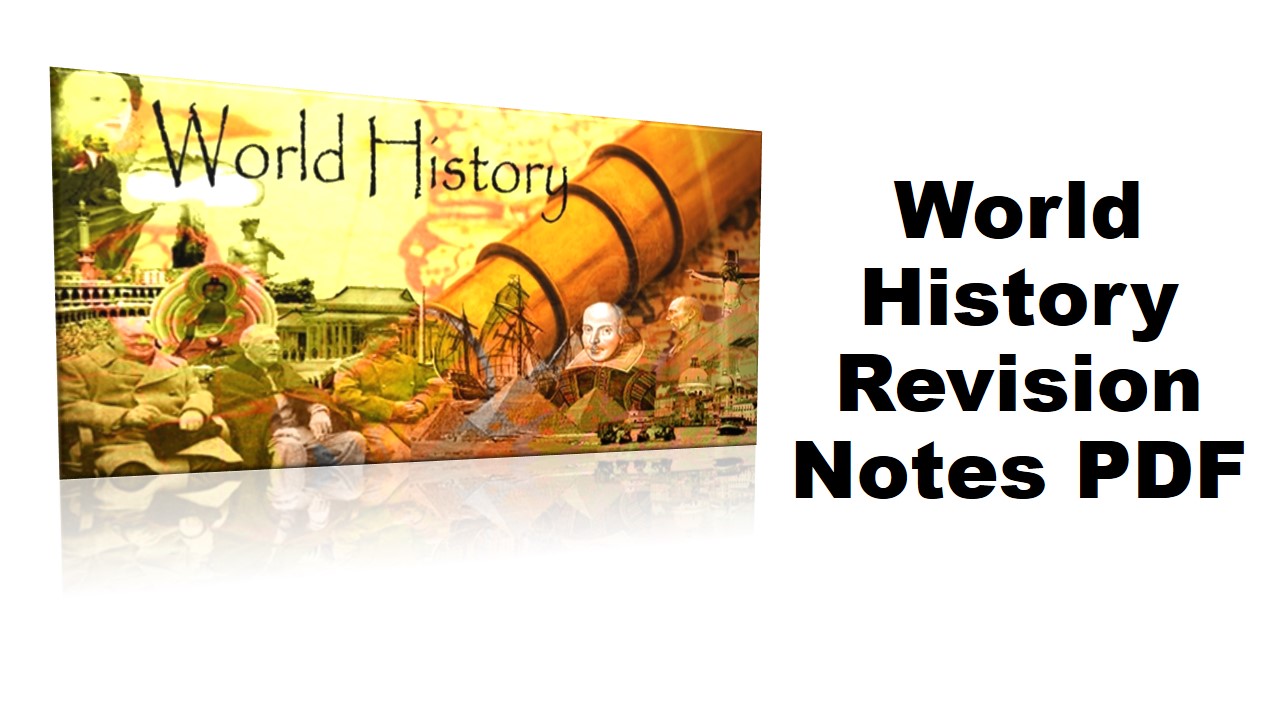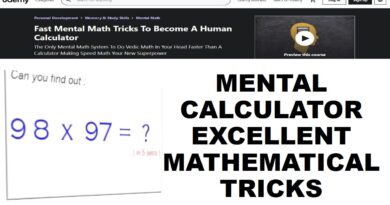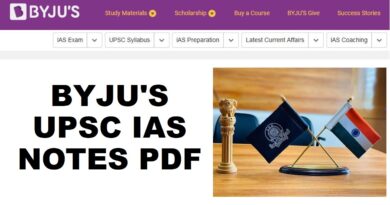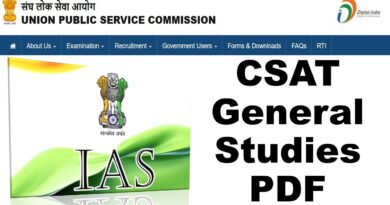World History Short Revision Notes PDF
Today we will discuss some topic of world history and we will understand that how long look now we will try to understand how history is divided in the ancient middle and modern era, we will understand that human origin and Some of the main topics of development which will help us to understand history, in different experiences, we will study the time period in different order.
विश्व इतिहास के कुछ विषय पर आज हम चर्चा करेंगे और हम यह समझेंगे कि किस प्रकार से लंबे अब देखो हम समझे हमें समझने का प्रयास करेंगे कि प्राचीन मध्य एवं आधुनिक युग में किस प्रकार से इतिहास को बांटी गई है हम यही समझेंगे कि मानव उद्भव और विकास के कुछ प्रमुख विषय को जो हमें इतिहास को समझने में मदद करेगी अलग अलग अनुभवों में हम अलग अलग क्रम के अनुसार से कालखंड को अध्ययन करेंगे
Contents
- 0.1 World History For UPSC
- 0.2 About World History Revision Book PDF
- 0.3 World History For Upsc In Hindi
- 1 World History Ncert
- 2 Conclusion of World History
- 2.1 1. Google Search
- 2.2 2. Educational Websites and Apps
- 2.3 3. Telegram and WhatsApp Groups
- 2.4 4. YouTube Channels
- 2.5 5. Document Sharing Platforms
- 2.6 6. Educational Blogs
- 2.7 Revision Notes for Class 10 Social Science History Chapter 3
- 2.8 World History Short Revision Notes PDF
- 2.9 World History
- 2.10 World History
World History For UPSC
We will try to understand the world history mainly in four parts and this part is from 700000 years ago to 2021 AD.
- 700000 BC to 400 BC (700000 BC to 400 BC)
- 400 BC to 1300 AD (400 ईसवी पूर्व से 1300 ईसवी)
- 800 AD to 1700 AD (800 ईस्वी से 1700 ईसवी)
- 1700 to 2021 AD (1700 से 2021 ईस्वी तक)

About World History Revision Book PDF
| Book Name | World History for UPSC |
| Author | UPSC Students |
| File Size | 14 MB |
| Format | |
| Pages | 17 |
| Language | English/ Hindi |
| Publication | TopperPoint |
World History For Upsc In Hindi
As we all know, it should be known that historians are often experts in the ancient medieval or modern era, but still there are some common features and problems of the whole historian, we also have to understand that we have learned about the ancient middle and modern era. Efforts have to be made to understand the difference in a systematic way so that we will be able to study in a holistic way how Tihar is written and how it is discussed, our aim is to give a general understanding of the entire human history, we will tell you that history. who go deeper than our modern roots and will try to understand.
World History Ncert
In World History we will try to understand and understand that Africa West and Central Asia East Asia Australia A glimpse of the history of Europe including North and South America and United Kingdom which will help us to understand. We will get acquainted with the different method and we will understand the description of the detailed history of these places.
विश्व इतिहास में हम यह समझने का प्रयास करेंगे और यह समझेंगे की अफिरका पश्चिम तथा मध्य एशिया पूर्वी एशिया ऑस्ट्रेलिया उत्तर तथा दक्षिण अमेरिका तथा यूनाइटेड किंग्डम सहित यूरोप के इतिहास की एक झलक जो कि हमें यह समझने में मदद करेगी इनसे हम यह समझेंगे कि कैसे हमको पढ़नी हैं हम अलग-अलग पद्धति से परिचित होंगे और हम इन स्थानों के विस्तृत इतिहास के वर्णन को समझेंगे
World History Timeline
World history is written as we all know and it is believed that the history we are studying has been taken in many ways, perhaps the oldest of these is the focus on people-to-people contact which Through the medium the emphasis can be placed on the interrelationship of cultural and civilizations and mainly to explore the multidimensional aspects of world historical change. If we look at it, we come to know that another way is relativity, self-supporting but wide-ranging of the field of economic exchange. Identifying those who maintain certain forms of cultural and authority Explain the differences in the historical experiences of nations and regions The gift of their characteristics is the third method We understand the signs of the three modes but differ in society individuals as well as their similarities It is also reflected in the interrelationships and similarities between human communities. We have tried to learn about the interrelationships between the global and local sand grains in the world mainstream and humor revered specificity.
विश्व इतिहास की तरह से लिखा गया है जैसा कि हम सभी जानते हैं और ऐसा माना जा रहा है कि हम जो इतिहास पढ़ रहे हैं इन्हें बहुत तरीकों से लिया गया है इनमें से शायद सबसे पुराना तरीका लोगों के बीच संपर्क पर ध्यान केंद्रित करना है जिसके माध्यम से सांस्कृतिक तथा सभ्यताओं के परस्पर संबंधों पर बल दिया जा सके और मुख्य रूप से विश्व ऐतिहासिक परिवर्तन के बहुआयामी पक्षियों का अन्वेषण किया जा सके अगर हम देखें तो हमें यह पता चलता है एक अन्य तरीका सापेक्षता स्वावलंबी किंतु विस्तृत है आर्थिक विनिमय के क्षेत्र की पहचान करना जो सांस्कृतिक और सत्ता के कुछ रूपों को बनाए रखते हैं राष्ट्रों और क्षेत्रों के ऐतिहासिक अनुभवों के अंतर स्पष्ट करें उनकी विशेषताओं का उपहार ना तीसरा विधि है हम तीनों विधियों के संकेत को समझते हैं किंतु समाज व्यक्तियों में विभिन्नता के साथ-साथ उनमें समानताएं भी परिलक्षित होती है मानव समुदायों के बीच अंतर्संबंध और समानताएं हमेशा से रही है वैश्विक तथा स्थानीय रेत के कण में विश्व मुख्यधारा तथा हास्य सम्मानित विशिष्टता से आपसी संबंधों के बारे में हमने सीखने का प्रयास किया है
Where Does World History Begin
Our descriptions mainly started with sales settlements in Africa, Asia and Europe. We believe that from there we moved on to the urban life of Mesopotamia. The early empires Mesopotamia, Egypt, China, India and India were built around cities in India. The more extensive Greek Macedonia Roman Arabia became the Mongol Empire in 18 AD. Trade systems, competition and governance in these even states were often highly complex, mostly relying on the effective use of a written language.
हमारी विवरण मुख्य रूप से अफ्रीका एशिया तथा यूरोप में बिक्री बस्तियों से शुरू हुई है ऐसा हम मानते हैं वहां से हम मेसोपोटामिया के शहरी जीवन की ओर बढ़े हैं आरंभिक साम्राज्य मेसोपोटामिया मिस्त्र चीन भारत तथा भारत में शहरों के ही इर्द-गिर्द बने थे इसके बाद इन से अधिक विस्तृत यूनानी मकदूनिया रोमन अरब 18 ईसवी में मंगोल साम्राज्य बने इन सम राज्य में व्यापार प्रणालियां प्रतियोगिता तथा शासन अक्सर अत्यधिक जटिल होते थे ज्यादातर एक लिखित भाषा के प्रभावी प्रयोग पर निर्भर थे
Beginning of a new era in human history
Technology in Western Europe from 14 to the middle of the second century AD and organizational changes marked the beginning of a new era in human history. These were associated with the renaissance or rebirth of civilization and thus the beginning of China. Occasionally Italy but early It spread throughout Europe what a renaissance it was the urban life in that region and the Muslim world of the Mediterranean Sea and the result of exchanges with the Byzantines Over time in the sixteenth century America with ideas and discoveries and conquerors Some of these ideas reached north and south, later to Japan, India and others.
दूसरी शताब्दी के मध्य में 14 से ईसवी से पश्चिमी यूरोप में प्रौद्योगिकी है और संगठनात्मक बदलाव के कारण मानव इतिहास में एक नए युग का सूत्रपात होता है यह सभ्यता के पुनर्जागरण या पुनर्जन्म से जुड़े थे और इस प्रकार चीन की शुरुआत अवसर इटली में हुआ लेकिन जल्दी ही यह पूरे यूरोप में फैल गया यह कैसा पुनर्जागरण है उस क्षेत्र में उस क्षेत्र के नगरीय जीवन और भूमध्य सागर की मुस्लिम दुनिया तथा बाइजेंटाइन के साथ आदान-प्रदान का नतीजा था समय के साथ सोलवीं सदी में विचार तथा खोज अन्वेषण तथा विजेताओं के साथ अमेरिका उत्तर और दक्षिण पहुंच गए इनमें से कुछ विचार बाद में जापान भारत और दूसरे तक भी पहुंचे
Industrial Revolution in Britain
We understand that Europe’s dominance in world trade, political and cultural, was not even established, it became a feature of the 18th and 19th centuries when the Industrial Revolution took place in Britain and spread to Europe from Britain, France and Germany to Africa and parts of Asia. But acquired colonial power which was more powerful than the old empire. By the middle of the twentieth century, the economic life and culture that had once given power to European nations had spread in different forms to the rest of the world and they formed the basis of modern life. laid the foundation.
हम यह समझते हैं कि विश्व व्यापार राजनीतिक तथा संस्कृति में यूरोप का वर्चस्व भी कायम नहीं हुआ था यह 18वीं और 19वीं सदी की विशेषता बनी जब ब्रिटेन में औद्योगिक क्रांति हुई और से यूरोप में फैल गई ब्रिटेन फ्रांस और जर्मनी ने अफ्रीका तथा एशिया के कुछ हिस्सों पर औपनिवेशिक सत्ता हासिल कर ली जो पुराने साम्राज्य से अधिक शक्तिशाली थी बीसवीं सदी के मध्य तक प्रयोगी की आर्थिक जीवन और संस्कृति ने कभी यूरोपीय राष्ट्रों को शक्ति प्रदान की थी वह अलग-अलग रूपों में शेष विश्व में फैल चुके थे और उन्होंने आधुनिक जीवन की नींव रखी
Early Sources of History
कई स्रोतों से हमें यह पता चलता है के इतिहासकार प्रारंभिक स्रोत को किस प्रकार से उपयोग में लेते हैं विद्वान ऐसी सामग्रियों से अपने तथ्य हासिल कर इतिहास रचते हैं वहीं का आलोचनात्मक अध्ययन करते हैं इन स्रोतों की अस्पष्टता पर विशेष ध्यान रखते हैं एक ही स्रोत का प्रयोग करने वाले इतिहासकार दिन बल्की विपरीत राय पेश कर सकते हैं दूसरे मानव विज्ञानों की भांति इतिहास से भी अलग अलग तरह की बातें कह लाई जा सकती है ऐतिहासिक तथ्य और इतिहासकार के तथ्यों के बीच जटिल संबंधों की वजह से है
Conclusion of World History
I can’t provide a direct download link for World History Short Revision Notes PDF, but here are a few ways to find it:
1. Google Search
-
Search for “World History Short Revision Notes PDF” or “World History Notes for UPSC/GK PDF” on Google. Several educational websites, blogs, and platforms often offer free downloadable notes.
2. Educational Websites and Apps
-
Platforms like BYJU’s, Unacademy, Insights IAS, and IASbaba provide short notes for various subjects, including World History.
-
You can also find World History notes on apps like Toppr or Vedantu, which offer content for competitive exams.
3. Telegram and WhatsApp Groups
-
Many Telegram channels or WhatsApp groups dedicated to UPSC or other competitive exams share short revision notes for subjects like World History. Joining these groups can provide quick access to such resources.
4. YouTube Channels
-
Many YouTube channels focused on UPSC and competitive exam preparation, such as Drishti IAS, Study IQ, or Unacademy, offer concise notes and summaries of world history topics.
5. Document Sharing Platforms
-
Websites like Scribd, Academia, or Internet Archive may have uploaded World History revision notes in PDF form. Simply search for what you need.
6. Educational Blogs
-
Websites like GKToday, Jagran Josh, and Examrace often provide short notes and summaries on World History topics relevant to competitive exams.
Would you like a summary or explanation of specific World History topics or events for revision? I can also help you break down key concepts!



